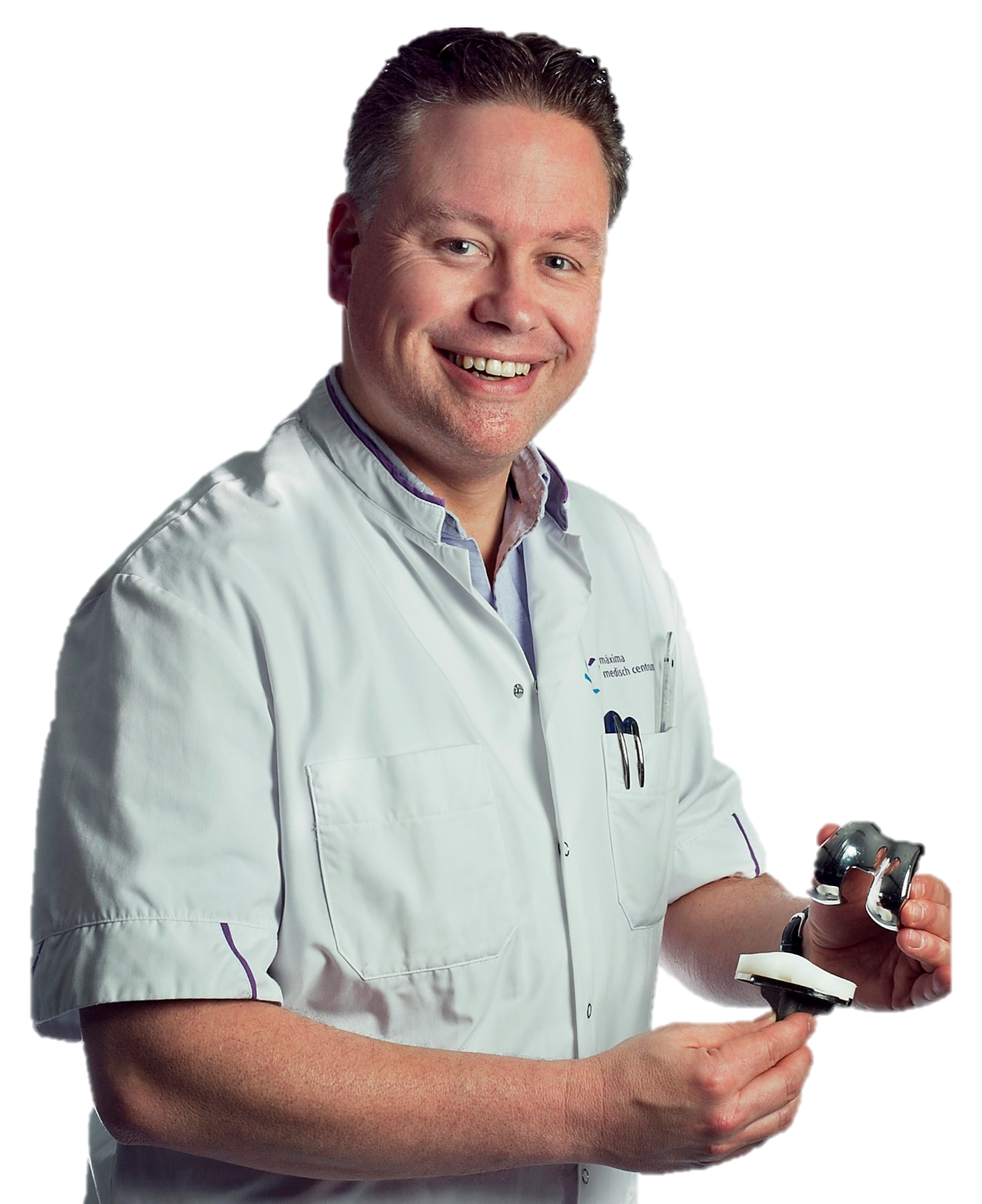STARR Study Group, Meuffels, D. E., &...
Diagnosis of early stage knee osteoarthritis based on early clinical course: data from the CHECK cohort

Abstract
Background: Early diagnosis of knee osteoarthritis (OA) is important in managing this disease, but such an early diagnostic tool is still lacking in clinical practice. The purpose of this study was to develop diagnostic models for early stage knee OA based on the first 2-year clinical course after the patient’s initial presentation in primary care and to identify whether these course factors had additive discriminative value over baseline factors.
Methods: We extracted eligible patients’ clinical and radiographic data from the CHECK cohort and formed the first 2-year course factors according to the factors’ changes over the 2 years. Clinical expert consensus-based diagnosis, which was made via evaluating patients’ 5- to 10-year follow-up data, was used as the outcome factor. Four models were developed: model 1, included clinical course factors only; model 2, included clinical and radiographic course factors; model 3, clinical baseline factors + clinical course factors; and model 4, clinical and radiographic baseline factors + clinical and radiographic course factors. All the models were built by a generalized estimating equation with a backward selection method. Area under the receiver operating characteristic curve (AUC) and its 95% confidence interval (CI) were calculated for assessing model discrimination. Delong’s method compared AUCs.
Results: Seven hundred sixty-one patients with 1185 symptomatic knees were included in this study. Thirty-seven percent knees were diagnosed as OA at follow-up. Model 1 contained 6 clinical course factors; model 2: 6 clinical and 3 radiographic course factors; model 3: 6 baseline clinical factors combined with 5 clinical course factors; and model 4: 4 clinical and 1 radiographic baseline factors combined with 5 clinical and 3 radiographic course factors. Model discriminations are as follows: model 1, AUC 0.70 (95% CI 0.67-0.74); model 2, 0.74 (95% CI 0.71-0.77); model 3, 0.77 (95% CI 0.74-0.80); and model 4, 0.80 (95% CI 0.77-0.82). AUCs of model 3 and model 4 were slightly but significantly higher than corresponding baseline-factor models (model 3 0.77 vs 0.75, p = 0.031; model 4 0.80 vs 0.76, p = 0.003).
Conclusions: Four diagnostic models were developed with “fair” to “good” discriminations. First 2-year course factors had additive discriminative value over baseline factors.
Keywords: CHECK cohort; Early clinical course; Early diagnosis; Knee osteoarthritis.





